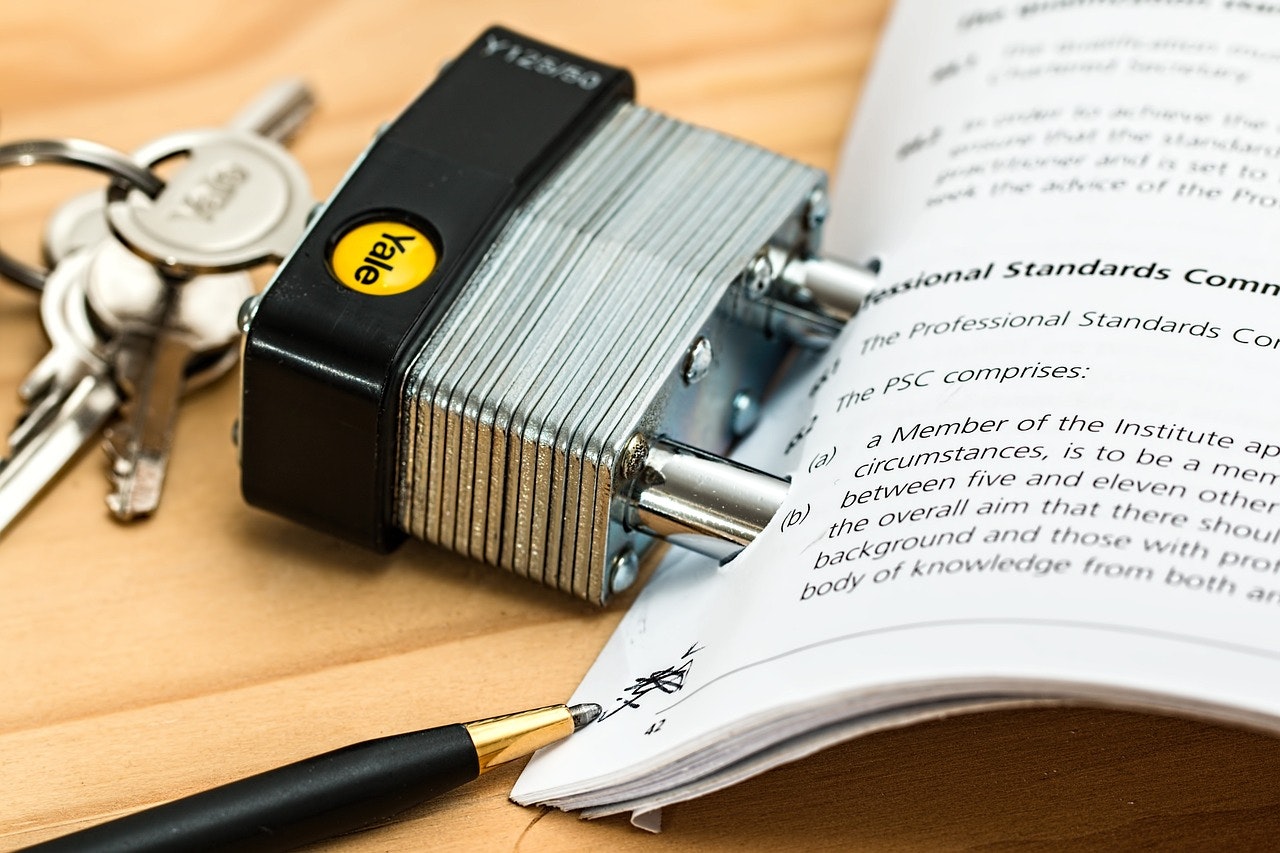Understanding and Navigating the Medicare Donut Hole
Have You Noticed a Rise in Your Prescription Costs?
If so, you're not alone. Many Medicare Part D users experience this sudden increase in out-of-pocket expenses due to the "donut hole." Understanding this coverage gap is essential to managing your drug costs effectively. Here's what you need to know.
Understanding the Donut Hole
The Medicare "donut hole" is a temporary gap in Part D drug coverage that affects costs once you reach a certain spending threshold—$5,030 in 2024. After this point, you're responsible for a higher portion of your medication costs until your out-of-pocket expenses reach $8,000.
Managing Prescription Costs During the Gap
- Speak with your physician about switching to generic medications or requesting less expensive alternatives. Sometimes, doctors can supply free samples to help bridge the cost gap.
- Explore the Extra Help program if you meet income requirements. This initiative offers substantial assistance with drug costs during the donut hole period. Check your eligibility online.
- Investigate Patient Assistance Programs offered by pharmaceutical companies. Many provide free or discounted medications to individuals who qualify, helping to alleviate costs.
What Happens After the Donut Hole: Catastrophic Coverage
Once you hit $8,000 in out-of-pocket costs, catastrophic coverage kicks in, taking over almost all prescription expenses for the rest of the year. It's important to track your medication spending to anticipate when you'll enter and exit the donut hole.
Future Changes to the Donut Hole
Due to the Inflation Reduction Act, the Medicare Part D donut hole will be completely eliminated in 2025, eliminating this coverage gap. While relief is on the horizon, it's crucial to navigate the current system until then.
Though managing the donut hole can be challenging, there are proactive measures you can take. Speak with your doctor, explore the assistance programs available, and control your spending to understand when you'll reach catastrophic coverage. Remember, positive changes are coming, but it's vital to manage the present landscape. Consider consulting a Medicare expert or your physician if you're concerned about entering the donut hole. You're not alone—assistance is available, and resources like the Extra Help and pharmaceutical assistance programs can provide further support.
Potential Changes to Premium Tax Credits for Farm Families
Stay Focused: April is Distracted Driving Awareness Month
Walgreens to Go Private in Deal with Sycamore Partners
Top Life Insurance Trends to Watch in 2025
Understanding and Navigating the Medicare Donut Hole
Life Insurance as a Solution for Long-Term Care Costs
Understanding the Social Security Fairness Act and Its Impact
Cigna Faces Rising Stop-Loss Insurance Costs Due to Drug Prices
State Farm Pursues Rate Hike After Devastating Fires
DOGE Collaborates with CMS
Essential Summer Maintenance for Commercial Properties
Life Insurance Realities: A 2025 Perspective
Vision Insurance: Key to Workplace Eye Wellness
Unlocking the Advantages of Term Life Insurance
Life Insurance: A Bridge to Long-Term Care Security
New Executive Order Enforces Healthcare Price Transparency
Unveiling the Social Security Fairness Act's Impact
Florida and Texas Men Charged in $161M ACA Fraud Scheme
Understanding the New ACA Reporting Relief for Employers
Understanding Discontinued Service Retirement for Federal Employees
Retirees Hold Cash Despite Growing Wealth and Returning to Workforce
Maximize Your Insurance-Based Tax Breaks
Supporting Employees During Southern California Wildfires
Understanding the Decline in Medicare Star Ratings
Reimbursing Employees via HSA: A Guide for Employers
Using HSAs and HRAs Together: What You Need to Know
CMS Collaborates with Musk's DOGE to Boost Efficiency
Enhancing Safety in Construction: Key Strategies
Simple Steps for a Heart-Healthy American Heart Month
Exploring Small Business Funding Options
Mastering Cyber Insurance Claims for Rapid Recovery
Implementing 401(k) Matches for Student Loans
Navigating Stay-or-Pay Provisions in Employee Contracts
Is VoIP Right for Your Business?
Unlocking the Benefits of Term Life Insurance
Reducing Health-Related Productivity Costs
Unlimited PTO: What Employers Need to Know
Life Insurance: Trends to Watch in 2025
The Growing Popularity of Hospital-at-Home Programs
Challenges in Sustaining Weight Loss Medications
Life Insurance Insights for 2025: A Closer Look
Understanding the Impact of the Social Security Fairness Act
Unlimited PTO: What Employers Should Consider
Life Insurance: A Solution to Long-Term Care Costs
Upcoming Changes to Kaiser Permanente Billing Statements
Understanding the Social Security Fairness Act
New ACA Reporting Changes in 2025: What Employers Need to Know
Need Insurance Guidance?
Call or Email—We’re Here
Whether you need help with compliance, claims, or financial planning, our team is just a phone call or email away. No unnecessary follow-ups. No unwanted sales pitches. Just straightforward answers from a team that understands your business.
Reach out today—we’re happy to help.
Phone
Fax
Business Hours
Monday–Friday: 8am-4pm
Emergency hours available as needed

All Rights Reserved | Oakridge Insurance Agency| Privacy Policy








































